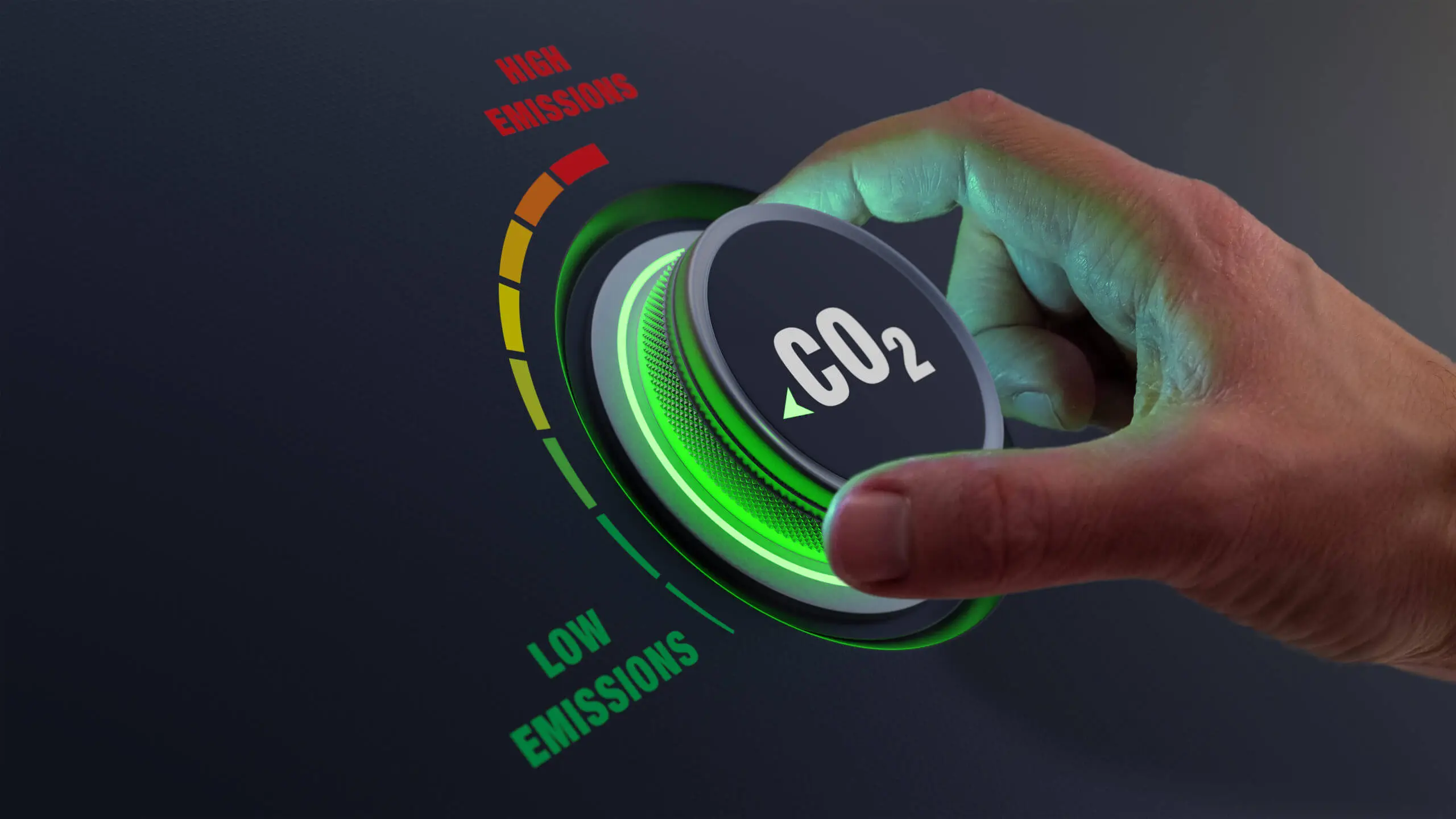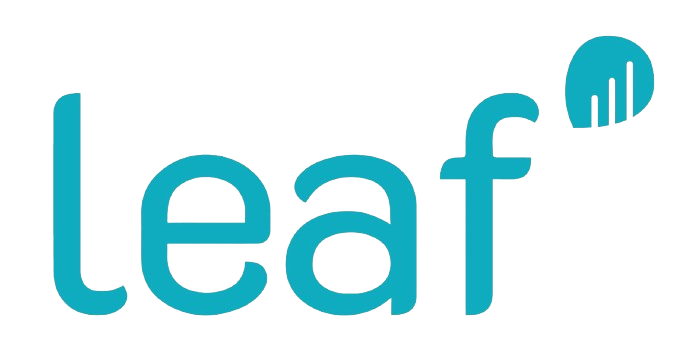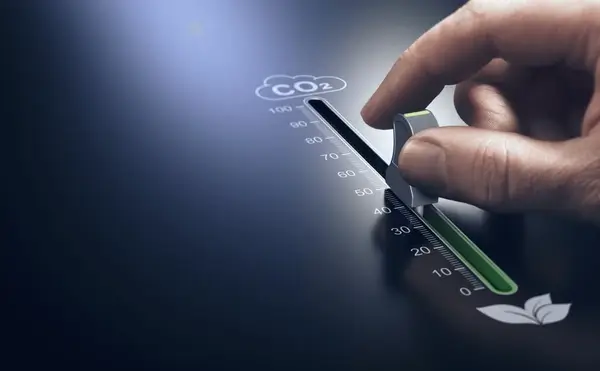How to Apply Technology to Your Decarbonization Strategy

In the battle against climate change, technology is a versatile ally, empowering businesses, cities, and individuals to enhance their decarbonization strategies – crucial for both our planet’s health and the sustainability of your pursuits. Whether you aim to reduce your carbon footprint or guide a business towards sustainability, tech solutions can turbocharge your efforts. Discover the digital keys to decarbonization with this guide, delving into technology’s role in sustainable development, current applications, future innovations, and steps for integration. Whether you’re a sustainability enthusiast, a eco-conscious business leader, or a tech professional, these insights offer a pathway to revolutionize your decarbonization approach.
Understanding the Role of Technology
Technology is not merely a support runner in the decarbonization marathon; it emerges as a frontline champion. Its role spans from the inception of innovative zero-carbon processes to the orchestration of complex emission-reduction maneuvers. Tech’s formidable presence promises efficiency, agility, and precision – attributes vital in our dynamic effort to curb climate change.
Useful Technologies for Decarbonization
When technology meets decarbonization, magic happens. Through the alchemical fusion of green-minded strategy and digital tools, once-formidable barriers to environmental reform start to crumble. Here, we unveil a few key players that could redefine your approach to slashing emissions.
IoT’s Watchful Eye Over Emissions
The Internet of Things (IoT) extends a multidimensional grip on the decarbonization puzzle. Its interconnected mesh of devices, from smart meters to drones, creates an ecosystem of oversight, delivering real-time data. This vigilance not only ensures compliance with emission targets but also identifies wastages and inefficiencies, guiding you to optimize your processes for planet and pocket.
Leaf Software: Emissions Tracking and Reporting Made Simple
Leaf—arguably one of the most potent buds in the technology garden of decarbonization—is changing the game. Facilitating seamless tracking and reporting of emissions, this software glides between platforms, integrating data from diverse sources. Its user-friendly interface brings clarity to the murky waters of carbon accounting, a task that’s traditionally as challenging as quantifying a whisper in an echo chamber.
Confronting the Challenges of Digital Integration
Eager as we are to leap onto the technology wagon, we must first clear the path of hurdles that stand in our way. It’s often the integration of these digital marvels with existing infrastructures that proves the most daunting challenge. We must reconcile these new tools with legacy systems, all while ensuring a smooth transition that doesn’t interrupt the heartbeat of our operations.
Overcoming Barriers to Adoption
The sheen of novelty technology wears is not always appealing. Staff unfamiliar with sophisticated platforms, or budgets resistant to change, can stifle adoption. The solution? A narrative of clear benefit and education. Demonstrating the ROI of digital solutions and providing comprehensive training can make even the most tech-adverse stakeholders warm to the winds of change.
Integrating New Tech with common tools
In some cases, the tech we need is less a magnate from the future and more a refurbishment of current practices. In this marriage of old and new, we must tread carefully, ensuring compatibility and robustness. Phased integration, starting with low-impact technology, can build confidence and pave the way for wider adoption, creating a domino effect of sustainable innovation.
Discover your guide to a sustainable future with our Decarbonization Roadmap article. Learn strategic steps for businesses to reduce carbon footprint.
"Driving the Green Revolution: A Comprehensive Guide to Banking Decarbonization. This essential read for financial institutions outlines the transformative steps towards achieving carbon neutrality.


